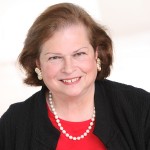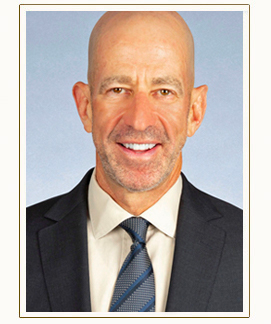Our guest blogger this week is Priscilla Toomey, Associate Broker, JD, Top 5, ABR, SRES, Certified EcoBroker, Julia B. Fee Sothebys International Realty.

While many of us have heard the terms “universal design” and “aging in place,” their meanings and implications may be vague to us. They are universal movements and also have implications for house design going forward.
Basically, universal design is the concept that spaces should be aesthetically pleasing but also be easy to use by people with (or without) disabilities and by the aging population. A few examples that are commonplace are audiobooks, slip-resistant surfaces, automatic doors, closed captioned television, curb cuts at corners, low-floor busses, Velcro, cabinets with pull-out shelves, lever handles instead of knobs for opening doors, and no-stair access to housing.
A major benefit of universal design is that it makes it easier for people to continue living in their own homes. We are living with an aging population. By 2030, the US population aged 65 and over is expected to grow to 71.5 million people, from about half that number in 2006. More and more people want to “age in place” (AIP) rather than go into assisted living, if at all possible.
Aging in place is a world-wide movement, because populations everywhere are living longer. The idea is to enable people to remain in their own homes as they age by providing resources and support services, rather than having them move into assisted living, which is far more costly and more disruptive. Universal design elements can help them do that, while postponing the need for expensive institutional care.
There are more aging in place organizations in Westchester than you may have imagined. There are currently three aging in place models in Westchester County and several organizations in different parts of the county encouraging the formation of AIPs. One close-by example of an aging in place resource is Gramatan Village in Bronxville, NY.
For legal needs, there are lawyers who specialize in a relatively new field known as “elder law”. For real estate, agents who are interested in working with older clients can become certified as Seniors Real Estate Specialists (SRES). When you need the expertise of one or the other, it’s nice to know they’re there.
Click here to contact Priscilla.
Learn more about our elder law services by visiting www.elderlawnewyork.com.
Tags: aging in place, SRES





